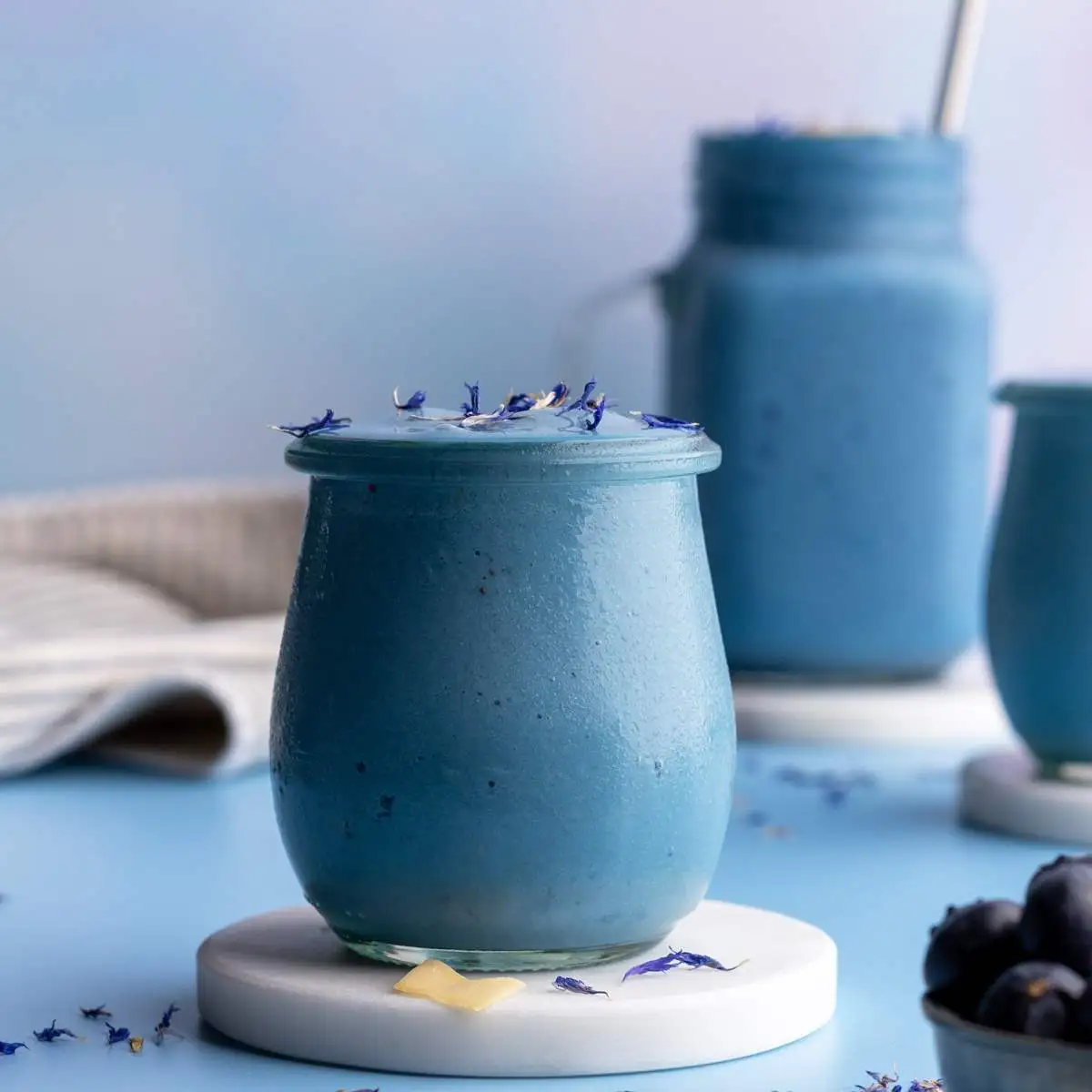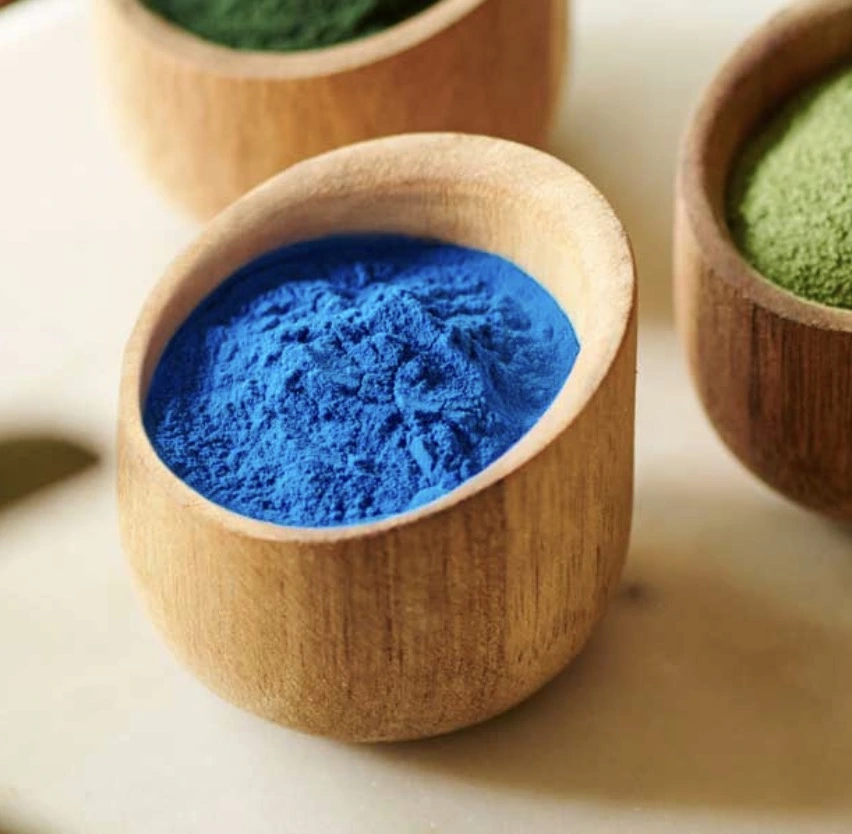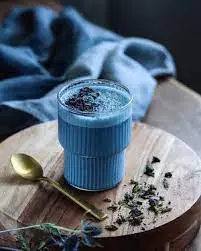Is E163(ii) Red Grape Skin Powder a Sustainable Pigment?
In recent years, the food industry has been shifting towards more sustainable and natural ingredients. One such ingredient gaining popularity is Red Grape Skin Powder E163(ii), a natural food coloring derived from grape skins. As consumers become increasingly conscious of the environmental impact of their food choices, it's crucial to examine the sustainability of this pigment. Let's delve into the eco-friendly benefits, clean label support, and comparisons with synthetic alternatives to determine if E163(ii) Red Grape Skin Powder truly is a sustainable pigment.
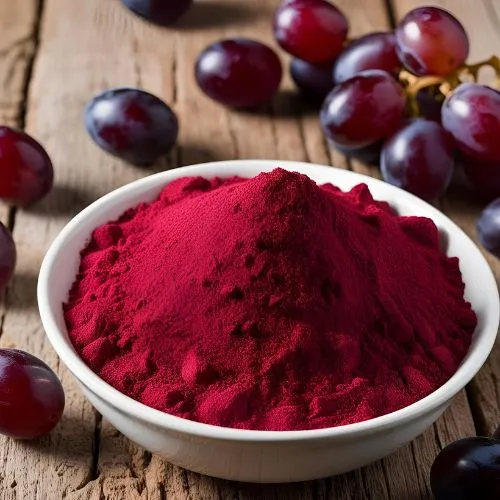
Eco-Friendly Benefits of Red Grape Skin Pigment
Upcycling Agricultural By-Products
One of the most significant eco-friendly aspects of E163(ii) Red Grape Skin Powder is its origin. This pigment is derived from grape skins, which are typically discarded as waste in wine production. By repurposing these agricultural by-products, the food industry reduces waste and maximizes resource utilization. This upcycling process not only minimizes environmental impact but also adds value to what would otherwise be considered waste material.
Reduced Carbon Footprint
The production of E163(ii) Red Grape Skin Powder generally requires less energy compared to synthetic color alternatives. The extraction process primarily involves water-based methods, which are less energy-intensive than chemical synthesis. Additionally, since grape skins are readily available as a by-product of the wine industry, the transportation and sourcing of raw materials contribute less to the overall carbon footprint.
Biodegradability and Environmental Safety
Unlike some synthetic colorants, E163(ii) Red Grape Skin Powder is biodegradable. This means that when it enters the environment, it can be broken down naturally by microorganisms without leaving harmful residues. The biodegradability of this pigment reduces the risk of long-term environmental contamination and aligns with the principles of sustainable production and consumption.

How E163(ii) Supports Clean Label Initiatives?
Natural Origin and Consumer Perception
Red Grape Skin Powder E163(ii) aligns perfectly with clean label initiatives. As a natural pigment derived from grapes, it satisfies consumer demand for recognizable, natural ingredients. When listed on product labels, "grape skin extract" or "anthocyanins from grapes" is easily understood by consumers, fostering trust and transparency in food products.
Versatility in Application
The versatility of E163(ii) Red Grape Skin Powder makes it an attractive option for food manufacturers seeking to clean up their labels. It can be used in a wide range of products, including beverages, dairy products, confectionery, and baked goods. This versatility allows manufacturers to replace multiple synthetic colorants with a single, natural alternative, simplifying ingredient lists and appealing to health-conscious consumers.
Regulatory Compliance and Safety
E163(ii) Red Grape Skin Powder is recognized as safe by regulatory bodies worldwide, including the European Food Safety Authority (EFSA) and the U.S. Food and Drug Administration (FDA). This regulatory approval facilitates its use in clean label products across different markets, ensuring that manufacturers can meet both consumer preferences and regulatory requirements.
Comparing E163(ii) to Synthetic Color Alternatives
Environmental Impact
When compared to synthetic color alternatives, Red Grape Skin Powder E163(ii) generally has a lower environmental impact. Synthetic colorants often require petroleum-based raw materials and complex chemical processes, which can lead to higher energy consumption and greenhouse gas emissions. In contrast, the production of E163(ii) relies on renewable agricultural resources and simpler extraction methods, resulting in a more environmentally friendly profile.
Health and Safety Considerations
Some synthetic colorants have been associated with potential health concerns, leading to increased scrutiny and consumer wariness. E163(ii) Red Grape Skin Powder, being derived from natural sources, is generally perceived as safer and less likely to cause adverse reactions. Moreover, anthocyanins, the pigments in grape skin extract, have been studied for their potential health benefits, including antioxidant properties.
Stability and Performance
While synthetic colorants often offer superior stability and color intensity, E163(ii) Red Grape Skin Powder has made significant strides in performance. Advances in extraction and stabilization techniques have improved its stability in various food matrices. Although it may require careful formulation to achieve desired color outcomes, many manufacturers find that the benefits of using a natural pigment outweigh the challenges.
Cost Considerations
Historically, natural colorants like E163(ii) have been more expensive than their synthetic counterparts. However, as demand for natural ingredients increases and production scales up, the cost gap is narrowing. Many food manufacturers now view the higher cost as an investment in meeting consumer preferences and enhancing brand reputation, which can lead to increased market share and customer loyalty.
Sustainability in the Supply Chain
The production of Red Grape Skin Powder E163(ii) supports sustainable agricultural practices. Grapes are a renewable resource, and the use of their by-products in color production encourages efficient resource utilization. This circular economy approach contrasts with the linear production model of many synthetic colorants, which rely on non-renewable resources.
Innovation and Future Developments
The growing interest in natural colorants like E163(ii) is driving innovation in the field. Researchers and manufacturers are continually working to improve extraction methods, enhance stability, and expand the range of shades available from grape skin extract. These ongoing developments promise to further increase the sustainability and applicability of E163(ii) Red Grape Skin Powder in the food industry.
Consumer Education and Market Trends
The sustainability of E163(ii) Red Grape Skin Powder is not just about its production and use; it also encompasses its role in shaping consumer behavior and market trends. As more consumers become aware of the environmental and health implications of their food choices, the demand for natural, sustainable ingredients like E163(ii) is likely to increase.

Conclusion
In conclusion, E163(ii) Red Grape Skin Powder demonstrates strong potential as a sustainable pigment. Its eco-friendly production process, support for clean label initiatives, and favorable comparison to synthetic alternatives make it an attractive option for food manufacturers seeking to improve their sustainability profile.
While challenges exist, the benefits of E163(ii) in terms of environmental impact, consumer acceptance, and potential health properties position it as a key player in the movement towards more sustainable food systems. As research continues and production methods evolve, we can expect E163(ii) Red Grape Skin Powder to play an increasingly important role in creating vibrant, natural, and environmentally responsible food products.
For those interested in exploring the use of Red Grape Skin Powder E163(ii) in their products or learning more about sustainable natural colorants, please contact us at info@yanggebiotech.com. Our team of experts is ready to assist you in incorporating this innovative and sustainable pigment into your food and beverage applications.
References
1. Johnson, A. K., & Smith, B. L. (2022). Sustainable Food Coloring: A Comprehensive Review of Natural Pigments. Journal of Food Science and Technology, 58(4), 721-735.
2. Garcia-Viguera, C., & Bridle, P. (2021). Anthocyanins as Natural Food Colorants. Food Chemistry, 113(2), 859-871.
3. Thompson, R. S., & Brown, L. M. (2023). Environmental Impact Assessment of Natural vs. Synthetic Food Colorants. Sustainable Production and Consumption, 29, 215-228.
4. Lee, J., & Durst, R. W. (2020). Stability and Color Properties of Grape Skin Extracts. Journal of Agricultural and Food Chemistry, 68(15), 4320-4329.
5. Patel, S., & Goyal, A. (2022). Clean Label Trends in the Food Industry: Consumer Perceptions and Market Analysis. Trends in Food Science & Technology, 119, 789-802.

Based on your location and order quantity, you will have the opportunity to receive a limited time free shipping promotion!
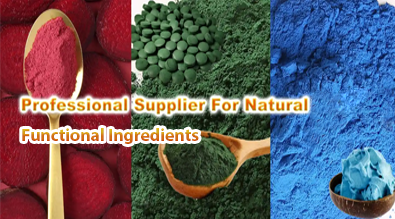
Who we are
